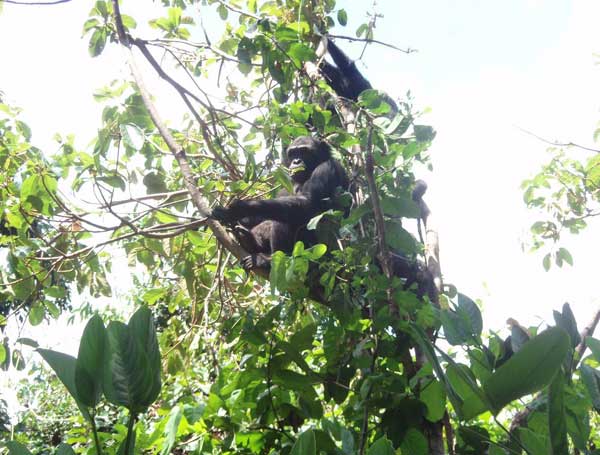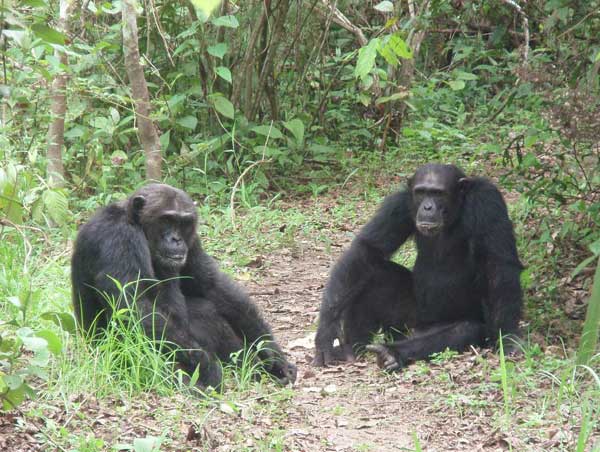Japanese
HOPE reportNumber:22-010 Comparison of behaviors in wild and captive chimpanzees: Environmental influence on behaviors Report:Nakashima Mai Date:2010/06/05 - 2010/12/16 In order to make comparison of behaviors between captive and wild chimpanzees, I conducted a survey on wild chimpanzees (Pan troglodytes) in the Mahale Mountains National Park, Tanzania from June to December 2010. I categorized chimpanzees into 4 age classes (infants, juveniles, adolescents, and adults) and chose two to three individuals from each age-sex class as targets of focal follows. During focal follows, in every one minute, I recorded their activities (feeding, resting, traveling, or social behavior), the height which they used, and identities of other individuals who interacted with focal individual. I also recorded their locations and ranging distances using a GPS. As a preliminary result, it is shown that wild chimpanzees most often used a higher place for feeding, and they most often utilized ground for traveling. It is also suggested that females tended to use higher places than males. From now on, I will make further analyses of the data, and collect comparable data of captive chimpanzees in zoos.
HOPE Project< |

